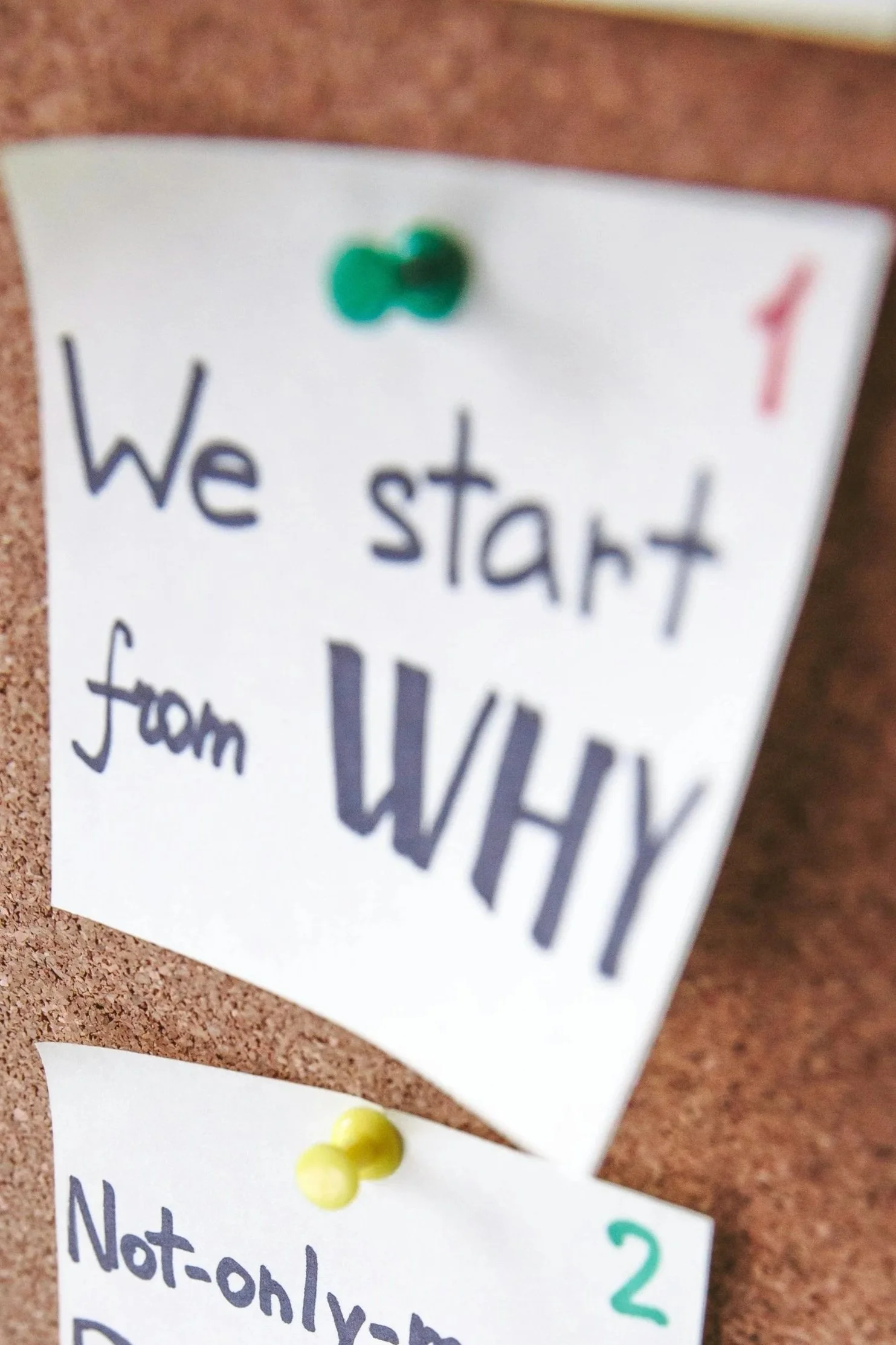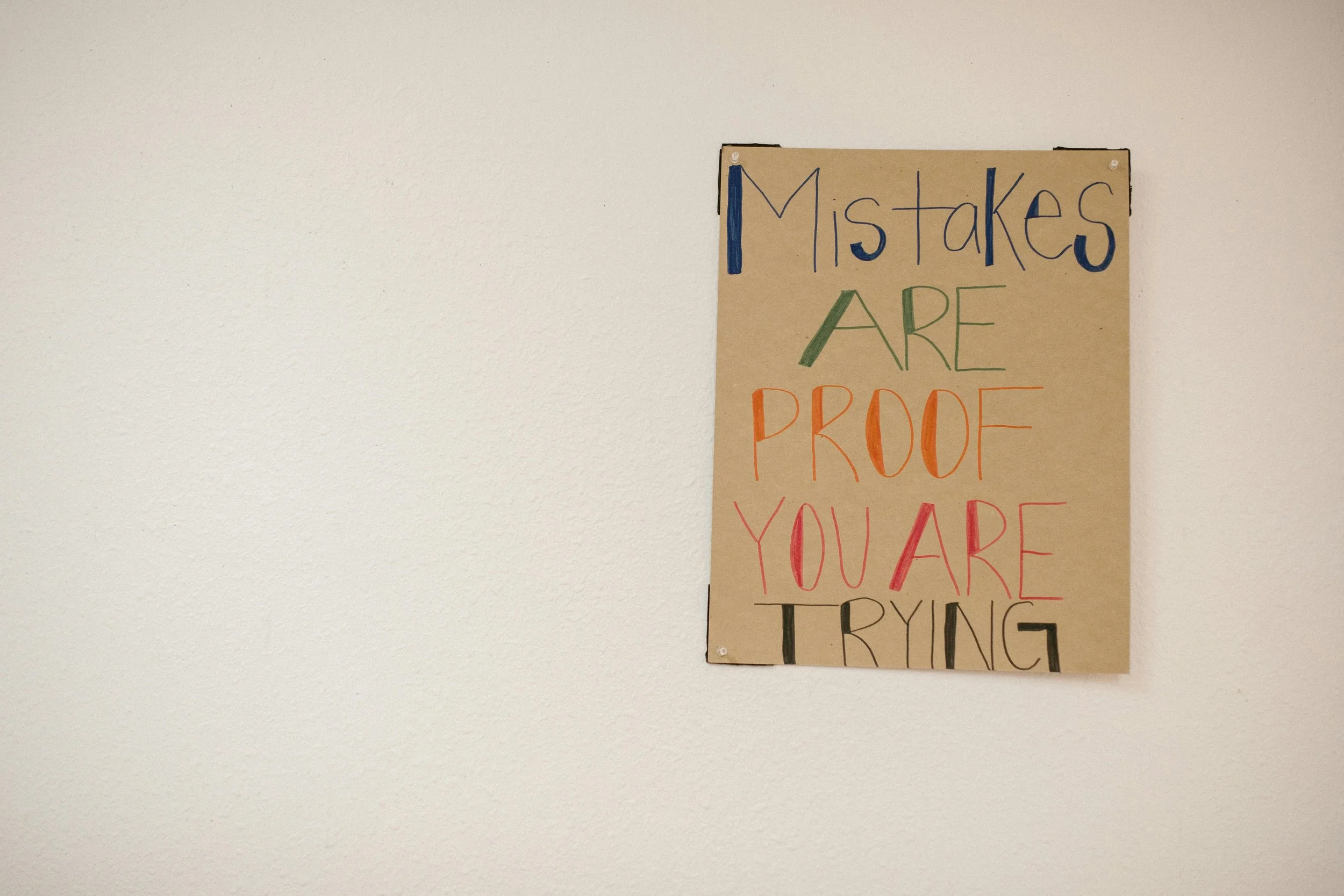Stay inspired.
Scroll for helpful tips, stories, and news.

How can I play a central role in the emerging ecosystem? (Part 3)
Today we are back into the McKinsey and Co article and working our way through the second question of the reinvention change level: How can I play a central role in the emerging ecosystem? According to the article this question is really challenging you to consider your work within a larger, more interconnected, and consolidated context.

Change management for reinvention (Part 2)
This week we are going dive into the fourth change level, reinvention. In the academic space I think of reinvention as changing content areas, which means reading new literature, adding new research methods, and seeking feedback and engagement from other disciplines. Reinvention means EVERYTHING must change.

Applying change management to making a research impact (Part 1)
Like everyone else I’m starting to think about both the end of this year and the beginning of the next. I am not one to make resolutions per se, but I do like reflecting on what’s working in my day-to-day (and what’s not) and setting some intentions for my year.

AI for impact? (and an update on how I am using this tool now)
Since my last post about hedging research findings, I’ve been thinking about how to improve the little CBC (clarity, brevity, context) Model example I shared. So of course, I dumped it into ChatGPT for a revision session.

Is it time to stop hedging our research findings?
One of the first lessons I learned as a baby researcher was to not overstate my research findings. So, I learned early to hedge my research findings, “We seemed to see a pattern”, “But more research is needed”. While all these hedges and limitations are justifiable from a research methods perspective, when translated to the public or policy makers it is easy to see why they might ask the question, “So what’s the point of your work?”

Feeling overwhelmed? Me too (so how do I manage that?)
It’s the time of year again. The semester has past the halfway point, and we’ve officially entered the season of, “How much can I cram in before Thanksgiving (in the US)?”

Are we academics lazy?
I read this piece, “Downplaying your value isn’t humble – it’s lazy” by Colleen Bordeaux, a couple of weeks ago and I can’t get it off my mind. In particular, the following line has been circling my brain on repeat, “It puts the work on others to infer your value, then blames them for not getting it.”

Getting more writing done
Writing is hard. That’s it, there’s nothing more to say about it. Even as I sit here trying to write an article about how you can write more, I find myself staring at the blank space on the computer screen worrying about choosing the PERFECT words to make you think that what I’m writing here is worthy of your time. Since starting to write the article I have checked my email at least twice, been on Facebook once, read one my favorite blogs, and gone to the restroom, and have only just written 158 words (most of which will be deleted by the time I hit publish on this article).


Reforming quality measurement
Last week the Academy Health newsletter posted a link to “Reforming Medicare Quality Measurement”, in Health Affairs. In this piece the authors argue that the “quality industrial complex” has hijacked the original intention of the quality movement to create a self-reinforcing loop that developed questionable incentives for providers and health systems, increased compliance burden and scope creep, and has not substantially improved patient outcomes.


Service inertia
Burnout is a systems issue. But systems are built and reinforced by the people in that system. As such I think maybe burnout can start being solved by individuals within systems coming together to force conversations about these granted structures.

The joy of single-tasking
Not infrequently I’m asked, “how do you manage all of those jobs, projects, responsibilities, tasks, etc?” Honestly, I don’t think too hard about it most of the time. But I also understand where questions like this come from. So today I am going to share a couple of approaches that have helped me to organize myself.

Welcome to the newest academic year.
How’s it going? This will certainly be another one for the books in my neck of the woods. Between managing students, adapting to new state legislation, and navigating the continued federal funding chaos I am feeling tired 😮💨, and we’re only getting started 😅.

Community-Led Research
I haven’t always called myself a community-based researcher. Often people assumed it was a “service” obligation, not a serious research endeavour. It wasn’t until I came across this book, “Community-Led Research: Walking new pathways together” (like barely a month ago) that I found a comfortable way to describe my work. I do community-led research.

A research methods myth that has to go?!
Here's my research methods myth that has to go! Qualitative research is easy; it’s just words after all. Over the last few months, I’ve heard several colleagues and students say, “I had no idea qualitative research was so much work!” 🤦♀️

Research timelines
All research, but especially primary data collection, takes more time than we hope. Part of this is a function of the fact that everyone is busy and grabbing their attention is getting harder. The other part is that despite how awesome we know our own research is, other people probably don’t have the same investment in it that we do. Relatedly I think time becomes harder to navigate when we aren’t the ones in direct control of moving the project forward. It’s the waiting that gets us.

Research is magic!
Research is magic! Since I was very young my favorite question has been, “why?” Why does that work that way? Why is that lake named that way? Why did that person do that to the other person? Why? Why? Why? You get the idea, and you should also have great sympathy for my parents 😜. Knowing how ideas, events, and people were connected made me feel like I was in on some giant secret. A secret that I could then use to solve big and important problems.

Pausing the new semester frenzy
The promise of the summer “break” has started to fade, more and more people are back in the office these days, and in the south, there’s been a cold front giving us a break from the 110-degree (40+°C) weather so it’s basically fall now (😜). A new academic year is about to begin! (Or is it?)

Getting published (the dreaded R&R)
So, you’ve managed to get your manuscript submitted, it wasn’t desk rejected or rejected by the reviewers (💃), but now you must work through the reviewer comments. R&R’s, or revise and resubmits, are accomplishments that you should celebrate. Your project, and manuscript, adds something to the literature, it just needs some help to make sure that readers fully appreciate what you did.
Let’s work together